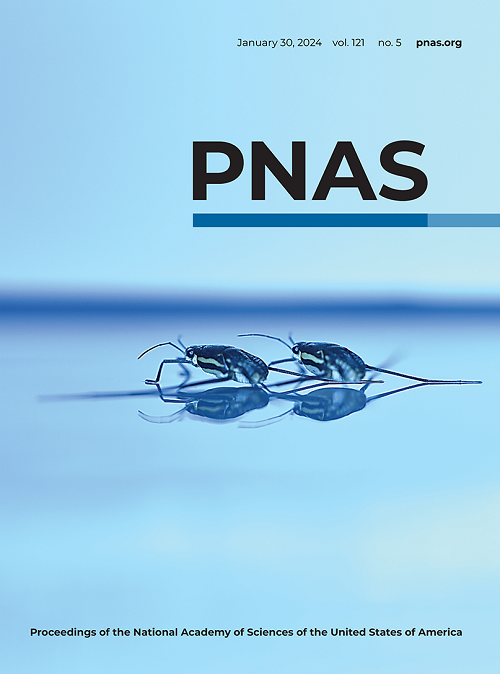Fine structural design of 3βHSD1 inhibitors for prostate cancer therapy.
IF 9.4
1区 综合性期刊
Q1 MULTIDISCIPLINARY SCIENCES
Proceedings of the National Academy of Sciences of the United States of America
Pub Date : 2025-06-25
DOI:10.1073/pnas.2422267122
引用次数: 0
Abstract
Prostate cancer is a global health challenge, particularly for patients resistant to the second-generation anti-androgen receptor pathway inhibitors. The steroidogenic enzyme 3β-hydroxysteroid dehydrogenase type 1 (3βHSD1) has emerged as a promising therapeutic target and the corresponding inhibitors, biochanin-A (BCA) and its derivatives, suppress tumor growth in preclinical models and patients. However, the poor oral bioavailability of BCA hinders its clinical application. Here, we employed a sophisticated computational approach to refine the structural design of 3βHSD1 inhibitors. AlphaFold2 was utilized to construct detailed models of 3βHSD1 binding to various substrates. These models, in conjunction with the elucidated enzymatic mechanism of 3βHSD1, guided the optimization of a series of BCA-related compounds. Our structure-activity relationship studies identified HEAL-116 as a potent 3βHSD1 inhibitor. HEAL-116 exhibited enhanced binding specificity to the substrate-binding pocket of 3βHSD1 and effectively neutralized the local charge environment. The incorporation of hydrophilic groups in its structure also markedly enhanced its oral bioavailability. HEAL-116 robustly inhibited 3βHSD1 activity and exerted pronounced antitumor effect in biochemical, cellular, and mouse models. Our findings lay the foundation for the clinical translation of 3βHSD1 inhibitors, offering a promising therapeutic strategy for the management of prostate cancer and potentially other diseases.3βHSD1抑制剂用于前列腺癌治疗的精细结构设计。
前列腺癌是一个全球性的健康挑战,特别是对第二代抗雄激素受体途径抑制剂耐药的患者。甾体原酶3β-羟基类固醇脱氢酶1型(3βHSD1)已成为一个有前景的治疗靶点,相应的抑制剂生物豆素a (BCA)及其衍生物在临床前模型和患者中抑制肿瘤生长。然而,BCA较差的口服生物利用度阻碍了其临床应用。在这里,我们采用复杂的计算方法来完善3βHSD1抑制剂的结构设计。利用AlphaFold2构建3βHSD1与各种底物结合的详细模型。这些模型结合已阐明的3βHSD1酶促机制,指导了一系列bca相关化合物的优化。我们的构效关系研究发现heal116是一种有效的3βHSD1抑制剂。heall -116对3βHSD1底物结合袋的结合特异性增强,有效中和了局部电荷环境。在其结构中加入亲水基团也显著提高了其口服生物利用度。在生化模型、细胞模型和小鼠模型中,HEAL-116均能显著抑制3βHSD1活性,并具有明显的抗肿瘤作用。我们的研究结果为3βHSD1抑制剂的临床翻译奠定了基础,为前列腺癌和其他潜在疾病的治疗提供了一个有希望的治疗策略。
本文章由计算机程序翻译,如有差异,请以英文原文为准。
求助全文
约1分钟内获得全文
求助全文
来源期刊
CiteScore
19.00
自引率
0.90%
发文量
3575
审稿时长
2.5 months
期刊介绍:
The Proceedings of the National Academy of Sciences (PNAS), a peer-reviewed journal of the National Academy of Sciences (NAS), serves as an authoritative source for high-impact, original research across the biological, physical, and social sciences. With a global scope, the journal welcomes submissions from researchers worldwide, making it an inclusive platform for advancing scientific knowledge.

 求助内容:
求助内容: 应助结果提醒方式:
应助结果提醒方式:


